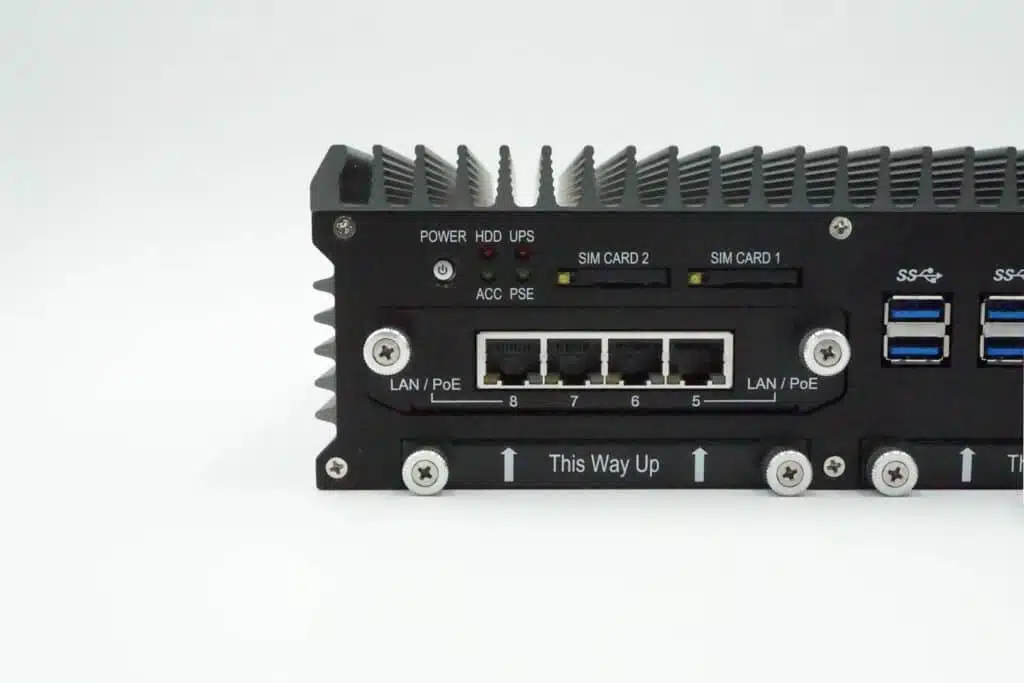21.03.2018

More and more devices, including our RUGGED T1000, for example, have the PoE function. Ethernet not only occupies a leading position for local network cabling, but also for security networks. Power over Ethernet eliminates the need for a separate power connection and the classic plug-in power supply units. Instead, the device draws its power from the data network. In addition to the data signals, power is also fed into the data line - usually at a central point in the network distributor.
PoE is often found with devices that would normally have to be connected to different sockets with different cables. Power over Ethernet is a particularly suitable solution for areas of application in which a high level of security is required for the data connection, for example for (surveillance) cameras or servers.
Today, Power over Ethernet usually refers to the IEEE standard 802.3af-2003 ("DTE Power over MDI"), which was adopted in June 2003. There is now a newer standard IEEE 802.3at-2009, which was previously known as PoE+ or PoE plus. This increases the maximum power output from 15.4 W of the to 25.5 W.
All devices that are supplied with power via PoE or PoE+ are assigned a class of 0-4. The class depends on the level of power consumption of the appliance. The devices assigned to classes 1, 2 and 3 require only a very low, low or medium amount of power, whereas class 4 (PoE+) requires a high amount of power and is only compatible with PoE+ PSE devices. As soon as a Powered Device (PD) device is connected to a Power Sourcing Equipment (PSE) device, it transmits the class to the PSE device so that it can provide the correct amount of power.
The main advantage of Power over Ethernet is that a power supply cable is not required. This makes it possible to install Ethernet-connected devices in places that are difficult to access, such as server cabinets. On the one hand, this saves installation costs and, on the other hand, the reliability of the device can be increased by implementing a central uninterruptible power supply (UPS).

Machines that know when they need to be serviced before anything breaks down. Sounds like a dream of...

Digital signage has long been much more than just static screens. In times of Industry 4.0, smart bu...

SCADA systems enable real-time monitoring and control of industrial processes and are central to Ind...
You need to load content from reCAPTCHA to submit the form. Please note that doing so will share data with third-party providers.
More Information